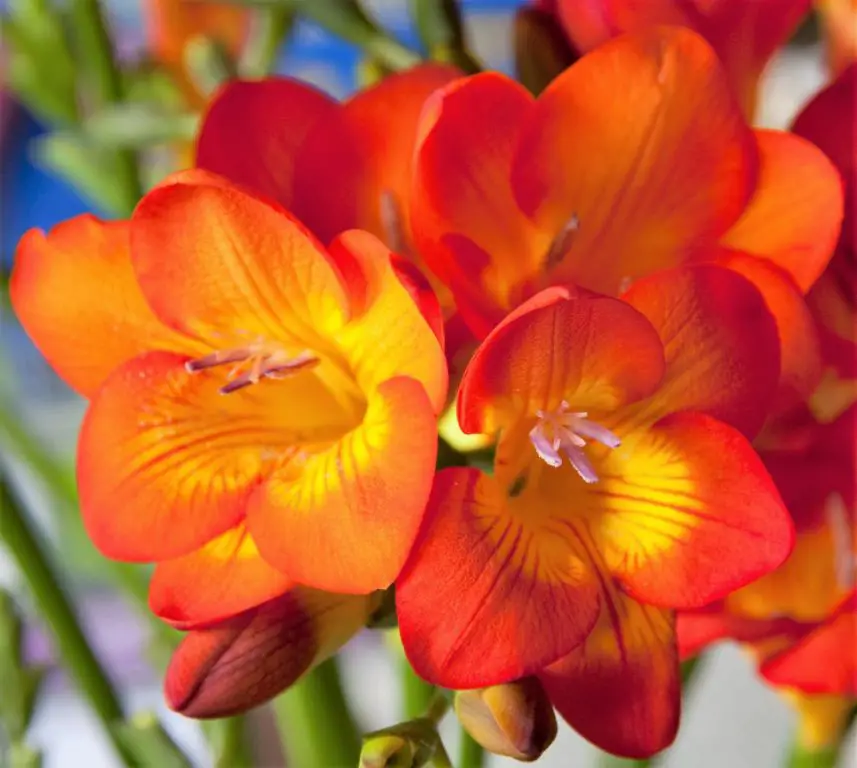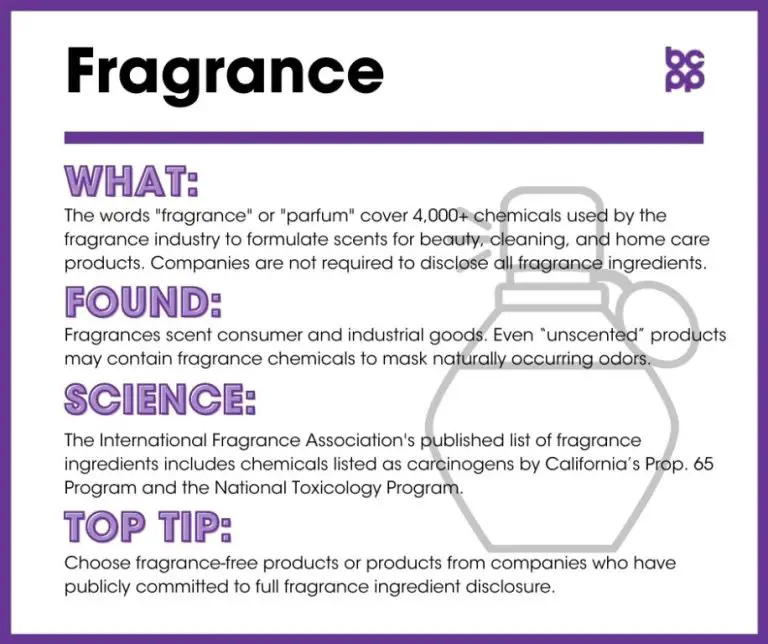How Would You Describe Freesia Scent?

Freesia flowers are a popular bloom known for their sweet, refreshing fragrance. They are native to Africa and belong to the Iridaceae family of plants. With their delicate, trumpet-shaped blooms available in a variety of colors, freesias are widely grown as cut flowers. They are also prized in perfumery for their light, citrusy scent. The oil extracted from freesia petals has a distinct fruity-floral aroma that is widely used to add a clean, uplifting note to women’s fragrances.
Main Fragrance Notes
The fragrance of freesia typically contains sweet, citrusy, fruity top notes including lemon, mandarin orange, peach, and apricot. These provide an initial burst of sweet citrus when you first experience the scent (Demeterfragrance.com, n.d.).
The heart notes of freesia consist mainly of light floral accords like lily-of-the-valley, rose, jasmine and sometimes violet. These provide the quintessential floral bouquet at the core of the freesia fragrance (Fragrantica.com, n.d.).
The base notes tend to be relatively light, with subtle musky or woody accents of cedar, sandalwood or amber. These lighter base notes allow the floral heart and fruity top notes to really shine through (Demeterfragrance.com, n.d.).
Sweet Top Notes
The top notes of freesia have a sweet, fruity scent reminiscent of citrus, peach, cherry, and strawberry. When you first smell a freesia perfume, you’ll notice bright, sweet citrus notes like lemon, orange, grapefruit, or bergamot. These notes give freesia a fresh, uplifting quality. Underneath the citrus, you may detect soft peach or apricot notes that add a juicy sweetness. Finally, red fruit notes like strawberry and cherry round out the sweet fruity accord in the top. According to Fragrantica, the top notes in Freesia fragrances often include citrus fruits like lemon and bergamot as well as fruity notes like peach, raspberry, and plum.
Floral Heart Notes
The primary scent in the heart notes of freesia is floral. Freesia has a sweet, delicate floral aroma comparable to lily of the valley. According to Jo Malone London, “Quintessentially English, this accord of cool white freesias imbues the heart of the fragrance with a delicate yet distinctive scent.”
[1] Freesia’s floral scent is often described as soft, pretty, and spring-like. The heart notes are where freesia’s fragrance truly shines.
[2] Freesia adds a sweet, fresh floral element when used as a heart note in perfumes and fragrances.
Light Base Notes
The base notes of freesia provide a subtle, delicate drydown. Once the bright top and floral heart notes have faded, the musky, powdery base notes emerge. These create a soft, gentle foundation for the scent’s evolution. As the fragrance settles on the skin, it takes on a delicate veil of dry woods, creamy musks and sheer powder accords. According to Solinotes, some of the typical base notes found in freesia perfumes include osmanthus, which has a sweet, apricot-like scent, and sandalwood, which has a creamy, woody character (Solinotes). These light base notes ensure the fragrance has a smooth, subtle sillage without becoming overpowering.
Scent Strength
Freesia has a delicate, not overpowering scent. The fragrance is light and airy, rather than dense or heavy. Freesia is known for having gentle floral aromas that are pleasant without being overwhelming. The scent sits close to the skin and does not have a strong sillage that diffuses around the space. One spray or dab of freesia perfume is usually sufficient for light fragrance coverage. With a subtle scent profile, freesia makes an ideal everyday fragrance that can be worn to the office or for daytime activities without causing olfactory fatigue.
When the Scent Blooms
The fragrant notes of freesia bloom as the flower opens and matures.1 When the buds first emerge, they have very little scent. As the petals start to open, light citrusy top notes become detectable. The floral heart notes of freesia reach their peak when the flower is fully open. The intensity of the scent depends on factors like the cultivar, weather conditions, and time of day.2
Olfactory Descriptors
Freesia has a delicate, fresh floral scent profile with sweet, fruity top notes. The main fragrance descriptors used for freesia are:
Sweet – The top notes of freesia have a sweet, fruity quality, reminiscent of red berries, peaches, or melon.
Fruity – In addition to sweetness, freesia often has fruity top notes like strawberry, raspberry, peach, or melon.
Bright – Freesia has a bright, lively scent that immediately perks up the senses. The fruity sweetness imparts an energizing quality.
Fresh – As a floral, freesia has a fresh, dewy scent profile associated with flowers in bloom. It smells freshly cut or just opened.
Delicate – Freesia is lighter and more delicate than heady florals like gardenia or tuberose. It has an ethereal, fragile quality.
Floral – While sweet and fruity, freesia’s core identity is floral. At its heart, it smells like a spring flower in bloom.
Musky – The base notes reveal subtle muskiness, adding warmth and sensuality while still remaining fresh.
Emotional Response
The uplifting, cheerful, and nostalgic scent of freesia evokes positive emotions and memories in those who smell it [1]. The floral notes tend to be reminiscent of pleasant childhood experiences, creating a general sense of happiness and contentment. According to research, freesia’s fragrance activates the limbic system in the brain, which is responsible for processing emotion and memory [1]. Many describe the scent as cheerful and bright, inducing calmness and nostalgia. These positive emotional associations make freesia a popular component in floral and feminine perfumes.
Usage in Perfumes
Freesia is commonly used as a top note in perfumes. Its light, sweet scent works well with other top notes like fruits and white florals. Some examples of perfumes that use freesia as a top note include:
Chanel Chance Eau Fraîche – Pairs freesia with citrus fruits like lemon and orange.
Marc Jacobs Daisy – Combines freesia with fruity notes of wild strawberry and grapefruit.
Bath & Body Works Moonlight Path – Blends freesia with the white florals lily, tuberose, and jasmine.
Vera Wang Princess – Uses freesia to accent sweet, fruity notes like apricot and watermelon.
Freesia’s sweet, delicate scent works nicely with these lighter top notes without overpowering them. Its soft floralcy helps transition the fruits and white florals into the heart notes in these fragrances.





